ORIGINAL RESEARCH
Published on 19 Nov 2020
Dynamic Modeling of Common Brain Neural Activity in Motor Imagery Tasks
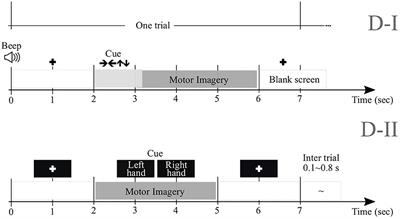
doi 10.3389/fnins.2020.00714
- 2,168 views
- 5 citations
7,191
Total downloads
32k
Total views and downloads
Select the journal/section where you want your idea to be submitted:
ORIGINAL RESEARCH
Published on 19 Nov 2020

ORIGINAL RESEARCH
Published on 16 Mar 2020
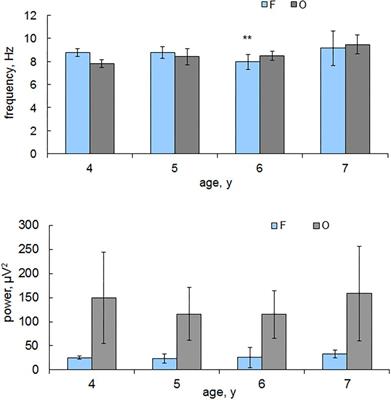
ORIGINAL RESEARCH
Published on 25 Feb 2020

ORIGINAL RESEARCH
Published on 26 Nov 2019
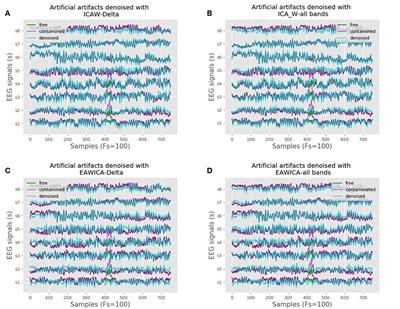
ORIGINAL RESEARCH
Published on 26 Nov 2019
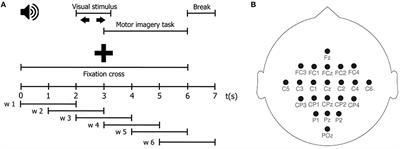
ORIGINAL RESEARCH
Published on 26 Sep 2019
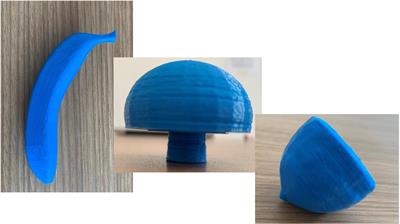
ORIGINAL RESEARCH
Published on 24 Sep 2019


Frontiers in Computational Neuroscience
Frontiers in Neuroimaging
Frontiers in Neuroscience